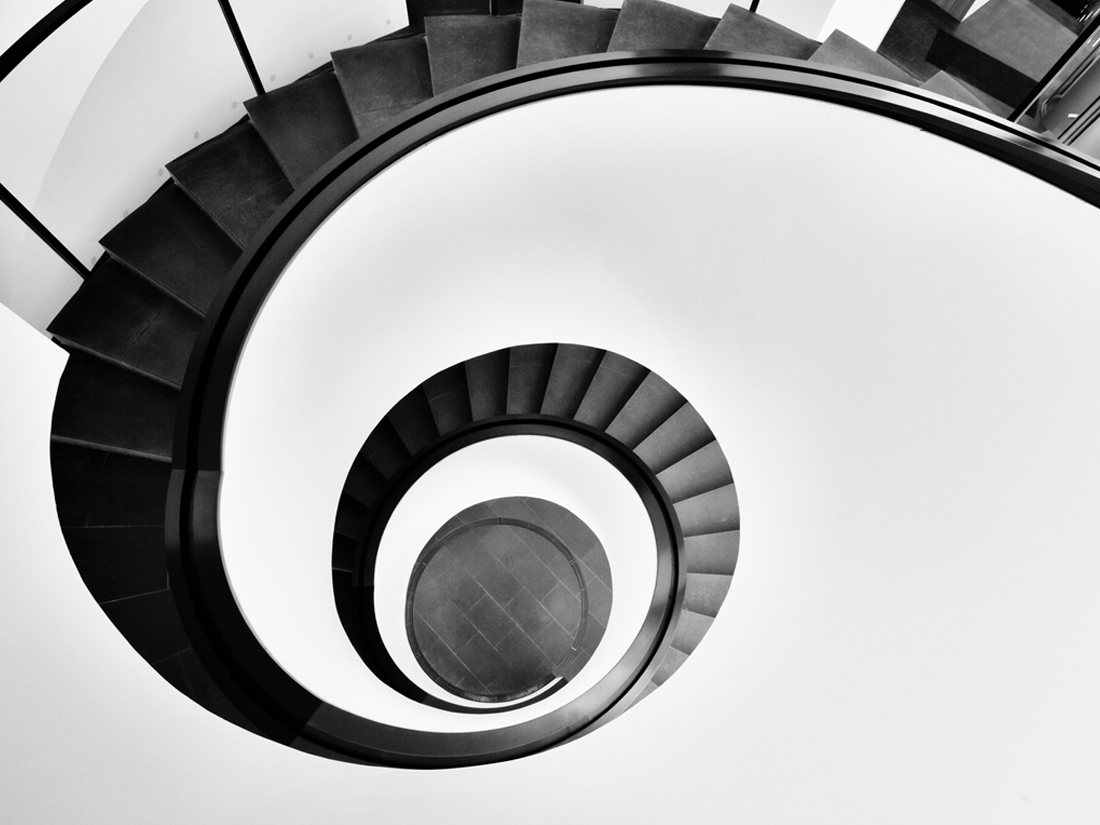Mirror Neurons and the Art of Design: The Science of Aesthetics in Your Living Space
In 1990, scientists stumbled upon a fascinating discovery in the world of neurology: the “mirror neurons”. They noticed that monkeys observing other monkeys perform actions, such as grasping peanuts, exhibited the same brain activity as those performing the action. Since then, we’ve learned that humans possess similar neuronal systems. These systems, scattered across various brain regions, actively engage with emotional responses. This remarkable discovery laid the foundation for our understanding of social empathy, explaining why we often instinctively empathize with someone experiencing pain.
Interestingly, these mirror neuron systems also spring into action when we interact with art. Watching a ballet dancer pirouette across the stage, we seem to vicariously enjoy the movements, almost as if we’re the ones dancing. This phenomenon, referred to by scientists as “embodied simulation”, significantly impacts how we perceive art.
In 2007, art historian David Freedberg and scientist Vittorio Gallese proposed that our engagement with art and architecture operates through precognitive activation of mirror mechanisms. These mirror responses simulate actions, emotions, and physical sensations that we perceive in the artwork. For instance, when we study Michelangelo’s “Prisoners”, we mirror the human figures in the art and even the artist’s creative gestures like brush strokes, clay modelling, and stone chiselling. Our mirror neurons simulate the tension of a twisted-column when we view it, while our interaction with inanimate objects that touch each other triggers a similar embodiment of “touch”.
Alongside our inherent mirroring tendency, we have a fascinating propensity for pareidolia – our ability to perceive patterns, faces, and figures in inanimate objects. Be it seeing an elephant in clouds or envisioning a penguin in a teapot, our surroundings often become infused with ideas and meanings that transcend their physical shape, sparking our psyche and imagination. Hence, when selecting décor for your home, you might ask yourself: would I prefer the company of a mischievous penguin or a sturdy ox?
Furthermore, the objects we choose for our home reflect specific values and philosophies. A meticulously hand-painted, gold-plated teapot from the 1750s tells a different tale from a sleek, stainless-steel teapot of the 1960s. These items are not merely utilitarian; they’re cultural artefacts that encapsulate the era we live in and the values we hold dear. They are extensions of our identity.
Philosopher Alain de Botton argues that the design objects we gravitate towards often mirror the attributes we aspire to embody. The clean lines of a modern kitchen may not just represent a style preference; they could mirror our desire to imbue our lives with simplicity and efficiency.
There’s a saying, “You are the average of the five people you surround yourself with”. Applying this logic to our interior spaces and considering our inherent ability to mirror both people and objects, we can surmise that we are also the average of the objects and environments we inhabit. The meanings they carry and the values they embody shape our psyche. Therefore, investing in a high-quality design that resonates with our highest values is an investment in our character and well-being.





